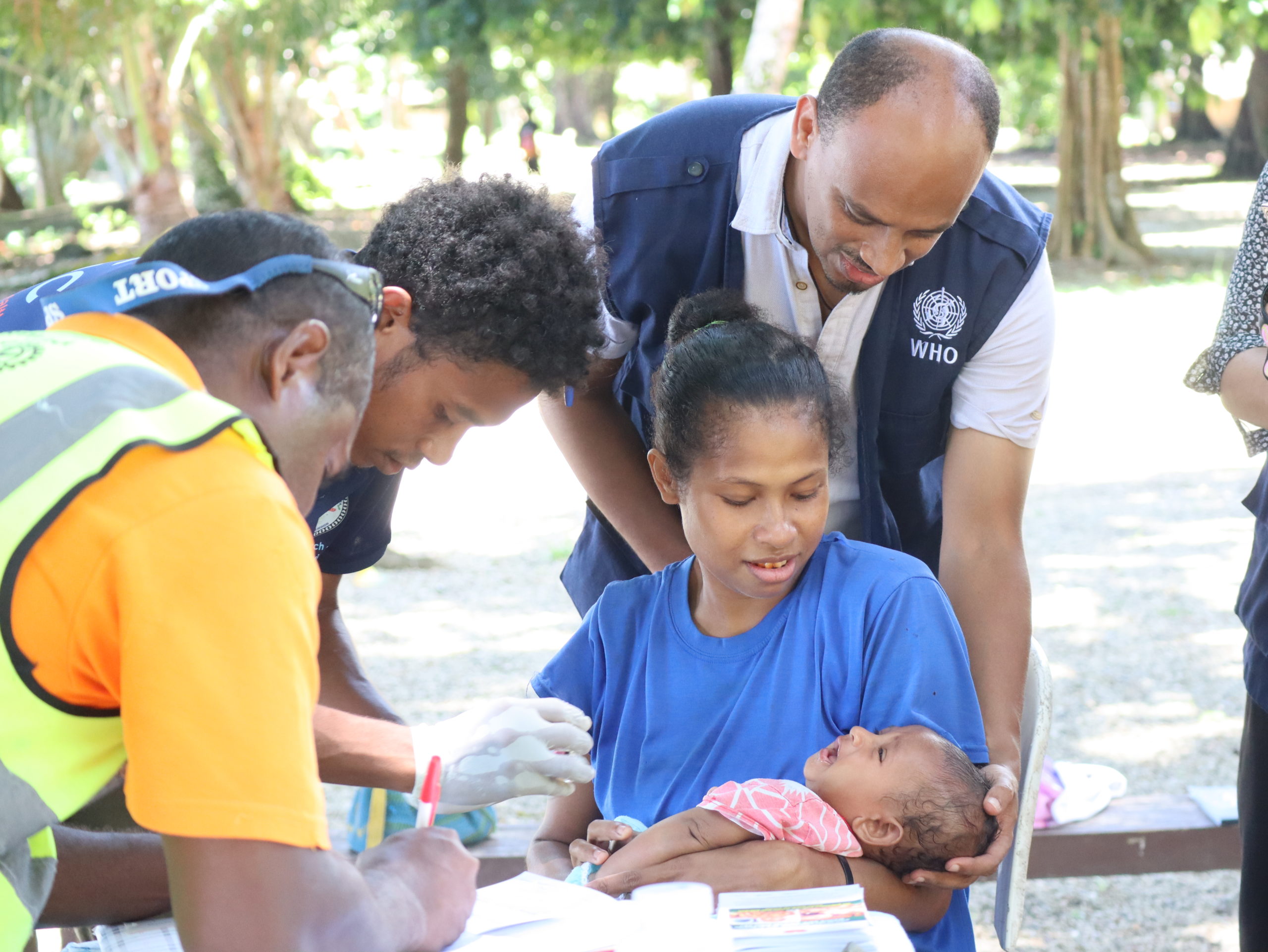Q: The International Health Regulations (IHR)(2005) Emergency Committee for Polio recently expressed concern about the resurgence and spread of wild poliovirus (WPV1) in Afghanistan and Pakistan. What can be done to reverse those trends?
A: First, regarding the question of trends. Progress towards eradication tends not to be linear because of the for- midable challenges faced in vaccinating all children in certain contexts and the nature of poliovirus which, when not interrupted, causes periodic outbreaks. The trend in reported cases in Pakistan is a perfect example of this. There was a steep drop from 306 reported cases in 2014 down to 8 cases in 2017, a bounce back to 147 cases in 2019 and just one case in 2021. This year we already have 28 cases and expect to see more. How- ever, these cases in no way predict what is going to happen in the next 12–15 months. As Nelson Mandela once said, “It always seems impossible until it is done,” an epithet that I consider to be particularly applicable to polio eradica- tion – a view I derive from lived experi- ence. In India we also had to deal with an end game that seemingly would not end. By the year 2000, every state had stopped endemic transmission with the exceptions of Uttar Pradesh and Bihar. It took another 11 years, with periodic outbreaks, to stop transmission in those two states concurrently, and just as in Afghanistan and Pakistan, the biggest challenge was reaching all the children.



